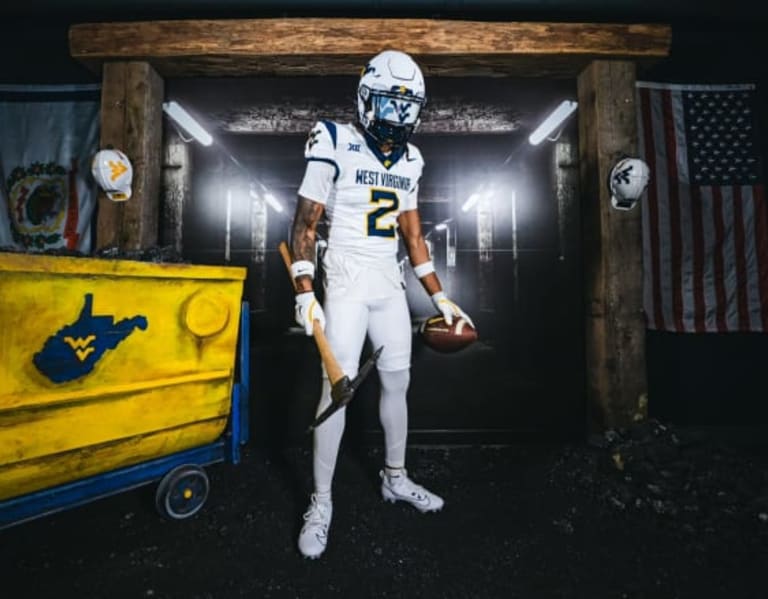CNN
—
When Vera Sansalone, a realtor in West Virginia showed a log cabin home on a 90-acre property in Mannington to an interested buyer from the Boston area, he was shocked by the $420,000 asking price.
After deciding not to buy it, Sansalone said the Boston buyer left her with one piece of advice: “He said I should mark that property up by about $300,000,” she said.
The relatively low listing price for a home on nearly 4 million square feet of property, while surprising to a Boston native used to sharply higher real estate prices (some studio apartments in Boston are sold for more money), may not come as a shock to residents of West Virginia.
“Here in West Virginia, you can get 90 acres for under half a million dollars,” Sansalone told CNN.
Owning a home is often touted as core to the American dream – but the ease with which a person is able to buy one is highly correlated to the wealth of the state where they live. When comparing personal wealth data with homeownership, a curious pattern emerges: Many states with high homeownership rates have lower income levels and vice versa.
Demographics, competition for homes and strict zoning regulations all play a role in the cost of real estate.
According to Federal Reserve data, West Virginia’s average personal income of $52,585 per capita is the second-lowest in the US. However, despite its relatively low personal income levels, it has the highest homeownership rate of all 50 states, at 77%, according to US census data. Mississippi—the only state with a lower average personal income than West Virginia—has the third-highest homeownership rate in the country.
Although there are some outliers, the trend is apparent:
Mike Simonsen, founder of real estate analytics firm Altos Research, recently pointed out the inverse relationship between wealth and homeownership on social media. He told CNN that the relationship surprised him.
“I would have expected that the more wealthy a place is, the more likely that its people can afford a home,” he said. “It turns out the opposite is true.”
New York, California and Massachusetts have some of the highest levels of personal income yet count themselves among the states with the lowest homeownership rates.
One of the main reasons for this low homeownership, according to Simonsen and others, is that those states all contain major cities, which attract a younger, more mobile population and offer more rental and multi-family living options compared to rural areas.
“Big cities attract people who are in transition or the growth stage of their lives. They’re more interested in renting, or they may be more transient,” Simonsen said.
Many of these cities, such as New York City and San Francisco, also attract buyers from across the US and internationally, bidding up the price of homes.
According to the Federal Reserve, the median sales price of houses sold in the US was $420,800 as of the first quarter. A scroll through Zillow listings shows many three- and four-bedroom homes for sale in West Virginia under $200,000.
But the average value of a home in Manhattan is $1,102,025 and $1,299,639 in San Francisco, according to Zillow.
There’s another reason that big cities skew the data.
Laurie Goodman, the founder of the Housing Policy Center at the Urban Institute, said large cities and their surrounding suburbs also have strict zoning laws that dictate how land may be used.
“Zoning makes land much more expensive because you’re restricting the use of it,” Goodman said.
She added that land is very scarce in large cities, driving up the cost of buying a home even further.
A growing number of local and state governments, led by both Democrats and Republicans, have begun to rethink zoning laws in response to the nationwide housing shortage. Some local governments have even begun loosening laws to convert vacated office spaces into affordable housing.
The number of apartments in US cities scheduled to be converted from old office spaces has more than quadrupled in the last four years, from 12,100 in 2020 to 55,300 in 2024, according to a recent report from RentCafe, a real estate research company.
The trend is most prominent in Washington DC, New York and Dallas, the report said.
Governments are getting creative in their attempts to create new housing in other ways: In September, New York City Mayor Eric Adams announced an effort to eliminate mandates that parking spaces be included with new construction, freeing up space to build more homes.
“For more than 60 years, we have added layers upon layers of regulations, effectively outlawing the kinds of housing that our city has long relied on,” Adams said in a statement at the time.
Despite the relatively high homeownership rates in some states, the US is experiencing a historically difficult home affordability crisis. Home prices have jumped 47% since early 2020, growing faster than household income, according to a June report from Harvard University’s Joint Center for Housing Studies.
Stephanie Moulton, a professor of housing and urban economics at Ohio State University, said that differences in homeownership by state don’t diminish the fact that it’s becoming less affordable to own a home in most areas of the country.
“We know that owning a home is, for better or worse, the primary mode by which people build wealth in our country,” Moulton said.
Elevated mortgage rates have also helped fuel one of the most costly housing markets in decades.
Even West Virginia, which counts three out of every four housing units in the state as owner-occupied, isn’t insulated, Sansalone said.
“We’ve seen a change in our markets,” she said. “Home prices are going up here, just as they are across the country. It is a bit more difficult for buyers right now.”




























